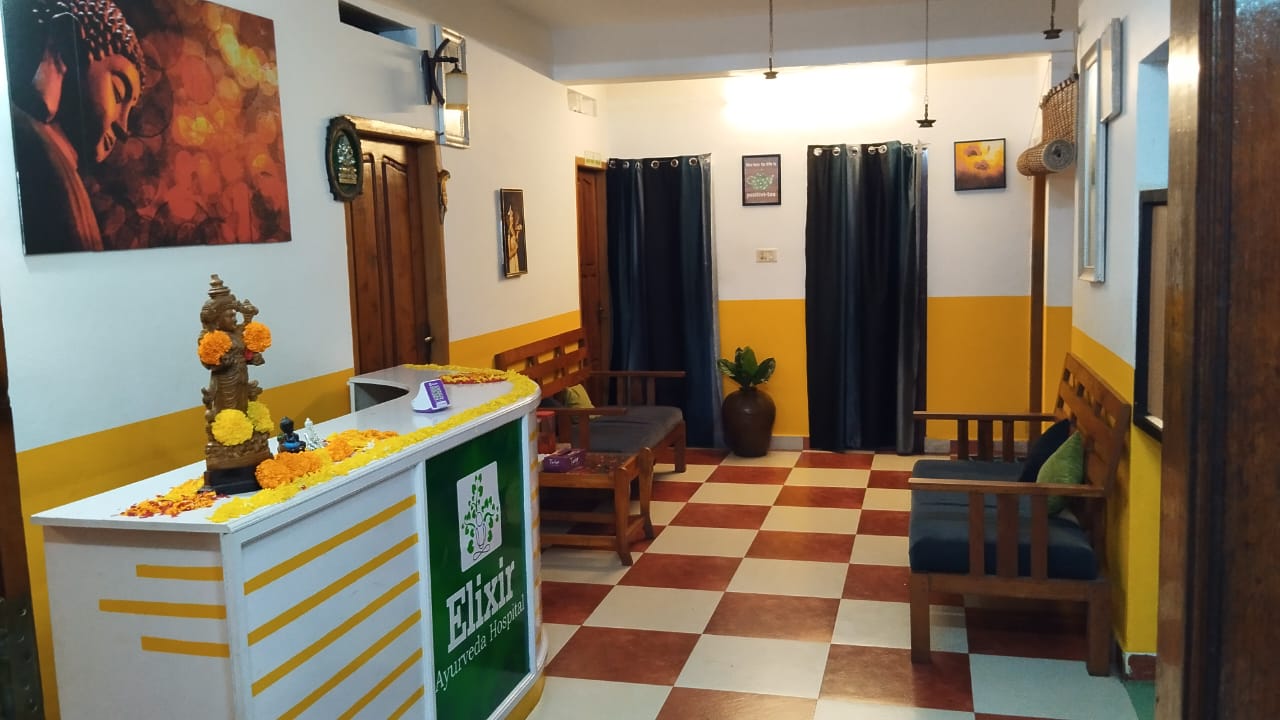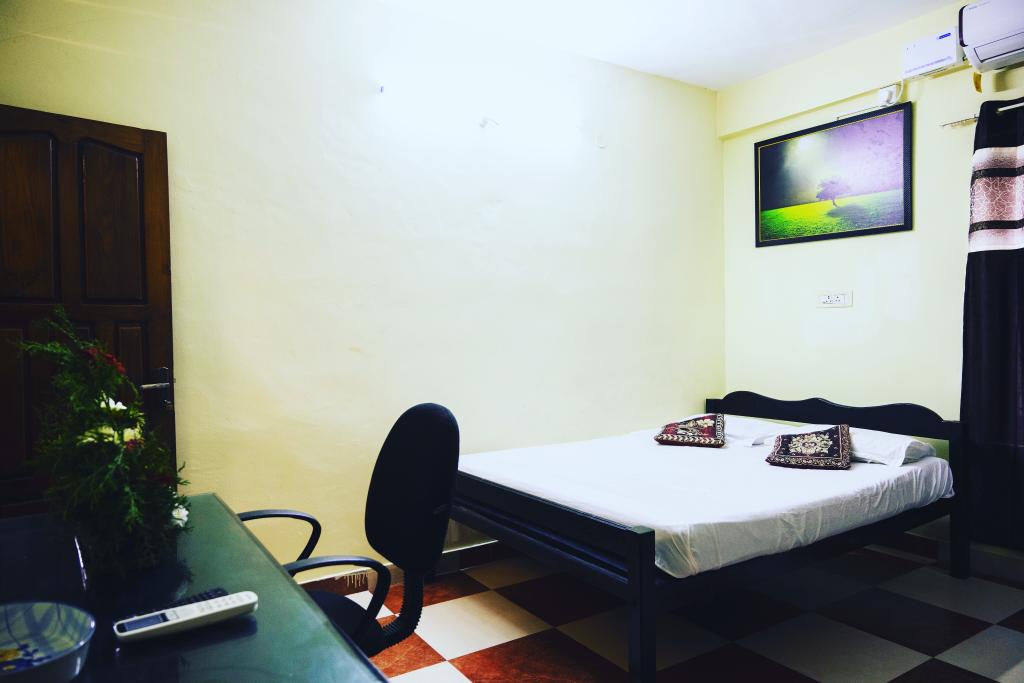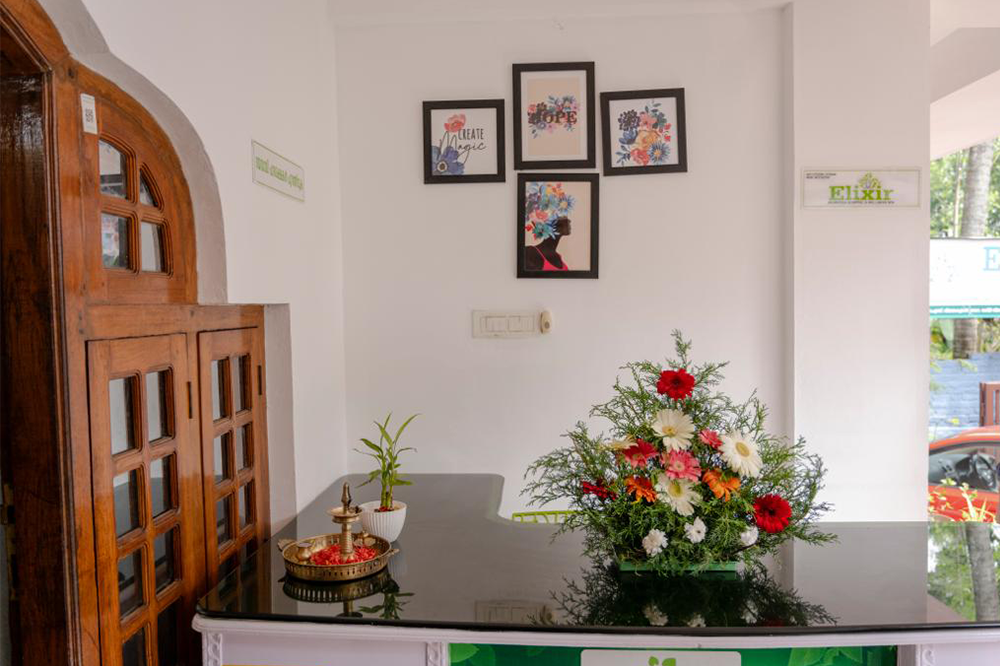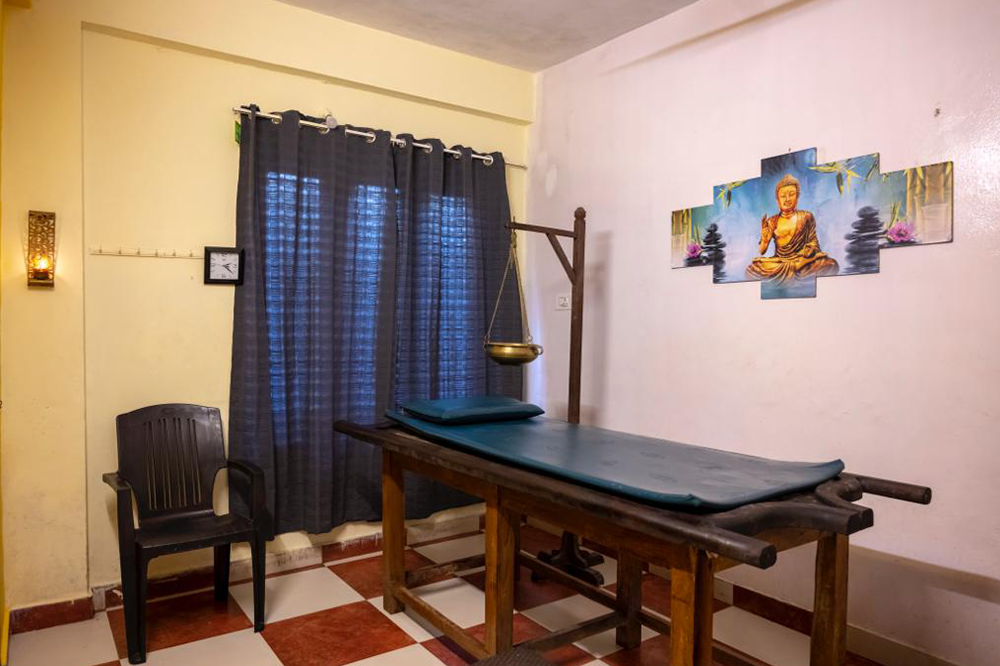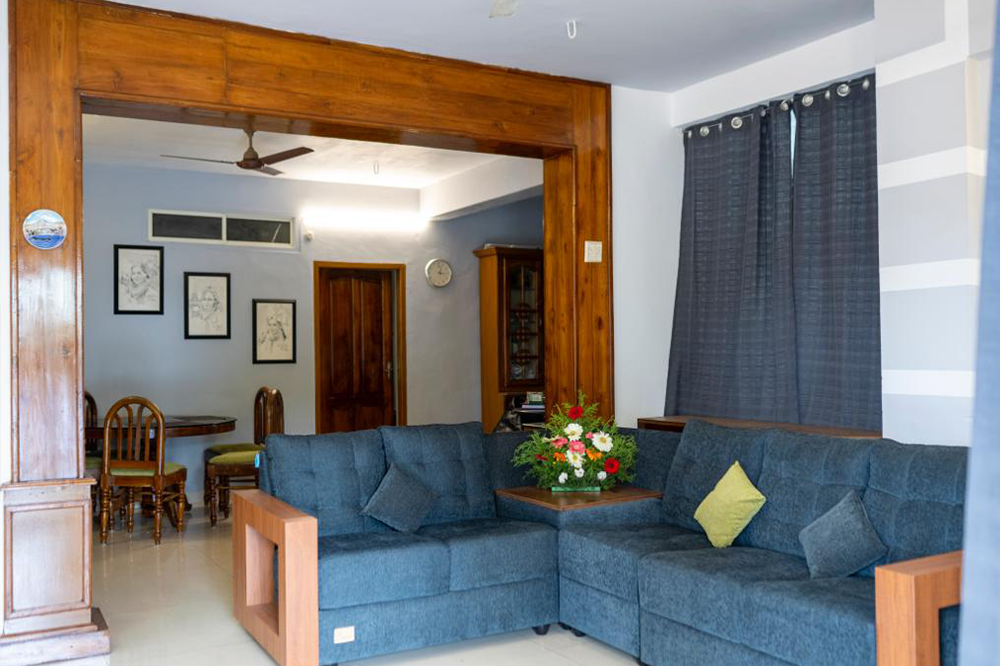Panchakarma is the Sanskrit word for “five actions” of detoxification and is a unique part of Ayurveda. Research shows that Panchakarma first appeared in ancient Vedic texts, believed to have been conveyed to humans by the Hindu God Brahma, dating back as far as 1700–1100 BC. In the 6th Century BC to 7th Century AD Ayurvedic knowledge rapidly spread and developed, and steadily continued into the 20th century. During the British colonial reign of India it had to survive severe suppression, but it is fortunately now flourishing again along with renewed demand for natural, holistic therapy, and modern research improving ayurvedic techniques and results.
Due to this tailored, holistic approach and its difference from conventional medicine, it is returning to popularity today. Panchakarma, amongst the other aspects of Ayurveda, restores balance to the body and mind, cleanses the body and strengthens the immune system. Despite being the most intense and at times difficult stage, it is now the most popular Ayurvedic therapy available in all of our traditional Ayurveda retreats. It is recommended to people that suffer from overall physical and mental imbalance, including burn-out, depression, hypertension, digestive problems and obesity.
According to the teachings of Ayurveda, health and well-being largely depend on the ability to eliminate toxins, tensions and residues which accumulate in the body (a.k.a. ama). Ama is not just caused by an imbalanced diet, but also comes from repressed negative emotions and experiences. Anxiety, feelings of guilt, hidden anger or resentment can result in serious imbalance. Ultimately, accumulated ama results in various negative effects such as psychosomatic diseases or disruption of the metabolic syndrome.
The aim of Panchakarma is to get rid of toxins and any other ama that suppresses your body’s natural self-healing abilities. The opposite of ama is ojas – the essence of positive energy in the form of mental and physical strength: a clear mind, lightness of the body, immunity to diseases and inner peace. Panchakarma allows ama to be replaced with ojas: the negative and destructive energy gets replaced by the positive, healing essence and balance is restored.
Many guests of Panchakarma report feeling worse at the beginning. Indeed, the first stages can be exhausting as the body releases toxins en masse. This is both physical and mental – the fast-like state that the body enters allows the mind’s activity to drop and enter a more peaceful state. But this stage cleanses and forces the body into a radical process of self-healing, and after the initial phases are complete you will feel refreshed, renewed and rejuvenated











